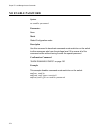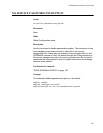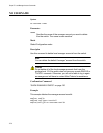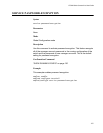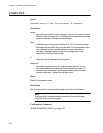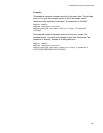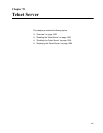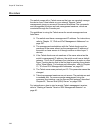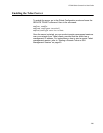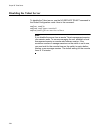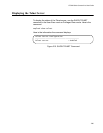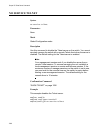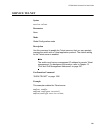
Chapter 78: Telnet Server
1282
Overview
The switch comes with a Telnet server so that you can remotely manage
the device from Telnet clients on your network. Remote Telnet
management gives you access to the same AlliedWare Plus commands
and management functions as local management sessions, which are
conducted through the Console port.
The guidelines to using the Telnet server for remote management are
listed here.
The switch must have a management IP address. For instructions,
refer to Chapter 13, “IPv4 and IPv6 Management Addresses” on
page 257.
The management workstations with the Telnet clients must be
members of the same subnet as the management IP address of
the switch or have access to it through routers or other Layer 3
devices.
If the Telnet clients are not members of the same subnet as the
switch’s management IP address, the switch must have a default
gateway. This is the IP address of an interface on a router or other
Layer 3 routing device that is the first hop to reaching the subnets
of the Telnet clients. For background information, refer to Chapter
13, “IPv4 and IPv6 Management Addresses” on page 257.
The Telnet server uses protocol port 23. This parameter cannot be
changed.
Telnet management sessions are not secure. The packets are sent
in readable text. For secure remote management using the
command line interface, use the Secure Shell protocol, described
Chapter 82, “Secure Shell (SSH) Server” on page 1299.
For instructions on how to start a remote Telnet management session,
refer to “Starting a Remote Telnet or SSH Management Session” on
page 40.



